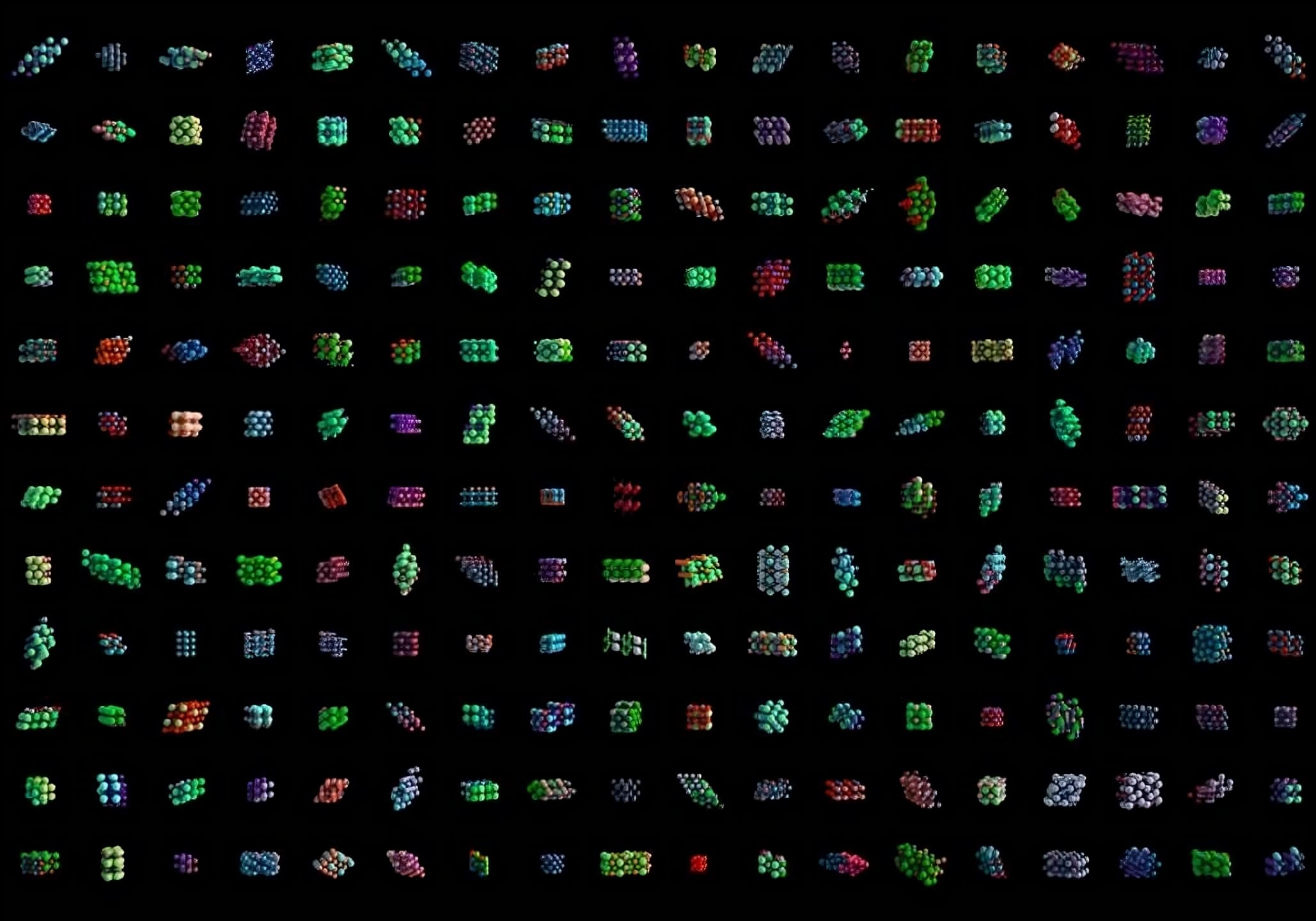In-Short
- Microsoft’s AI tool, MatterGen, revolutionizes material discovery.
- MatterGen generates materials with specific properties, outperforming traditional methods.
- Collaboration with SIAT led to the synthesis of a novel material, TaCr₂O₆.
- Microsoft releases MatterGen source code under the MIT license for broader use.
Revolutionizing Material Discovery with AI
Microsoft’s new generative AI tool, MatterGen, is set to transform the way new materials are discovered. Traditional methods, which often involve a lengthy trial-and-error process, are being outpaced by MatterGen’s ability to engineer novel materials from the ground up. This AI-driven approach is not only faster but also more efficient in generating materials with desired properties.
How MatterGen Works
MatterGen operates by tweaking elements, positions, and periodic lattices in randomized structures, akin to how image diffusion models generate images from text prompts. Trained on over 608,000 stable materials, MatterGen has shown remarkable results in generating novel materials with specific properties, such as high bulk modulus, indicating resistance to compression.
MatterGen’s Impact and Potential
The AI’s predictive accuracy was demonstrated through a collaboration with the Shenzhen Institutes of Advanced Technology, where a new material, TaCr₂O₆, was synthesized. Although the experimental result did not exactly match the AI’s prediction, the small discrepancy is promising for future applications in various domains, including battery and fuel cell design.
Microsoft’s Technological Ecosystem
Microsoft envisions MatterGen working in tandem with its simulation tool, MatterSim, creating a technological ecosystem that iteratively enhances material exploration and property simulation. This approach is part of what Microsoft calls the “fifth paradigm of scientific discovery,” where AI actively guides experiments and simulations.
In a move to support further research and adoption, Microsoft has made MatterGen’s source code and datasets publicly available under the MIT license, encouraging innovation and collaboration in the field of material science.
Explore Further
For more detailed insights into Microsoft’s groundbreaking AI tool for material discovery, visit the original source.










